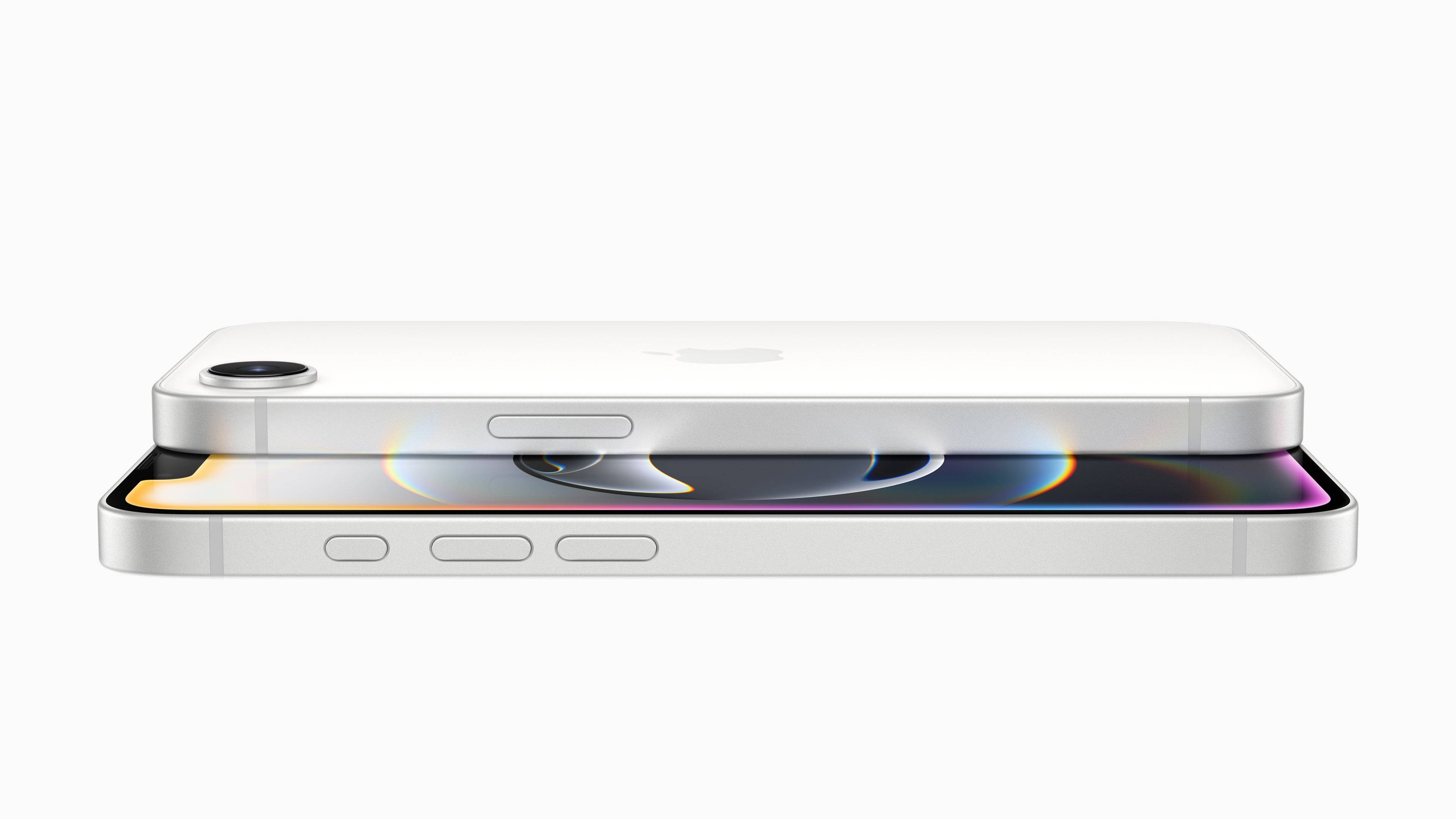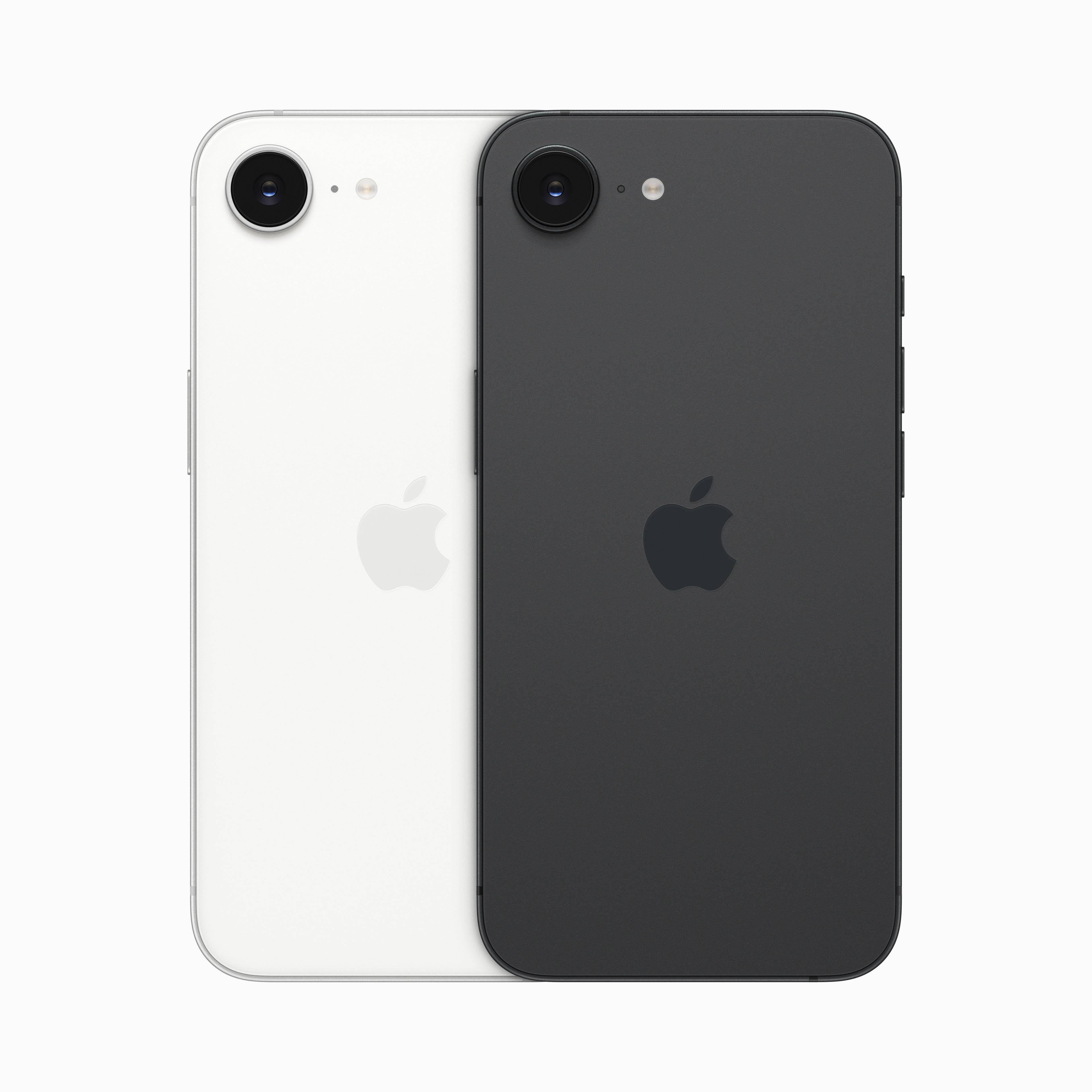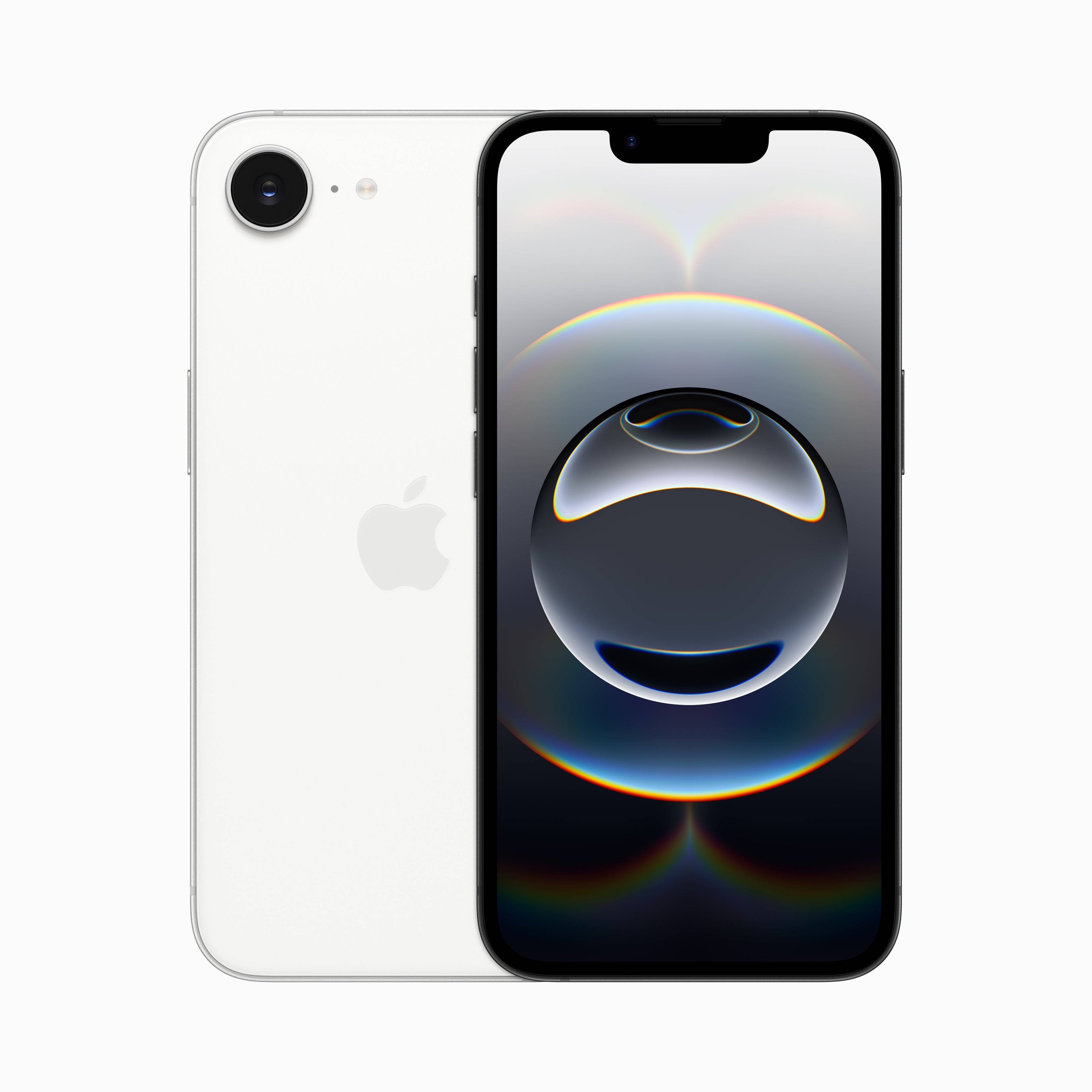On Wednesday morning, Apple unveiled the iPhone 16e, now the most budget-friendly model in its current lineup. This new release replaces the 2022 iPhone SE as the "affordable" option, but it marks a departure from the substantial discount the older SE line was known for. Priced at a starting point of $599, the iPhone 16e narrows the price difference with the $799 iPhone 16 released last fall. Pre-orders begin on Friday, Feb. 21, with the phone hitting the shelves the following week on Friday, Feb. 28.
The iPhone 16e is the first device to feature Apple's C1 cellular modem. Apple has seen significant success with its in-house chips, such as the M1 and subsequent models in its computers and the A-series chips in its mobile devices. The cellular modem, though often overlooked, is crucial, and any shortcomings with the C1 could lead to connectivity issues. Apple's past "Antennagate" scandal with the iPhone 4, which struggled with cell signal strength due to antenna design, should serve as a lesson to ensure the iPhone 16e's connectivity is robust.
iPhone 16e

 4 Images
4 Images

From the front, the iPhone 16e closely resembles the iPhone 14, sharing identical display specifications with a 6.1-inch OLED screen boasting a 2532x1170 resolution and a peak brightness of 1,200 nits. While this isn't as sharp or bright as the iPhone 16, the iPhone 16e does include the Action button and a USB-C port, though it misses out on the Camera Control feature.
The back of the iPhone 16e sets it apart from other models with its single 48MP camera, similar to the iPhone SE's setup. This sensor shares many traits with the iPhone 16's main camera, but lacks some advanced features like sensor-shift stabilization, the latest Photographic styles, and the ability to adjust focus in portrait mode. The front-facing camera, however, is identical and includes Face ID.
The iPhone 16e is encased in aluminum with a glass back and Apple’s Ceramic Shield on the front. While Apple touts this Ceramic Shield as "tougher than any smartphone glass," it's worth noting that newer versions claim to be "two times tougher." This raises questions about the durability of the Ceramic Shield on the iPhone 16e, especially considering the visible wear on the iPhone 16 during reviews.
Internally, the iPhone 16e showcases Apple's product stratification strategy. While the iPhone 16 and 16 Pro models differ with the Pro's A18 Pro chip offering faster speeds and more GPU cores, the iPhone 16e uses an "A18" chip with the same number of CPU cores but only a 4-core GPU, compared to the iPhone 16's 5-core GPU. This suggests a performance step down from the iPhone 16, though the presence of the Neural Engine ensures access to Apple Intelligence features.
The iPhone 16e, priced at $599, is Apple's cheapest current offering but does not carry as significant a discount as the early iPhone SE models, which started at $429 while using the same chip as the $799 iPhone 13 at the time. Despite the iPhone 16e's more recent design, it's a smaller discount than before.
The performance of the iPhone 16e remains to be seen. With Android alternatives like the OnePlus 13R around the $600 mark, Apple might struggle to attract buyers outside its existing ecosystem.

















